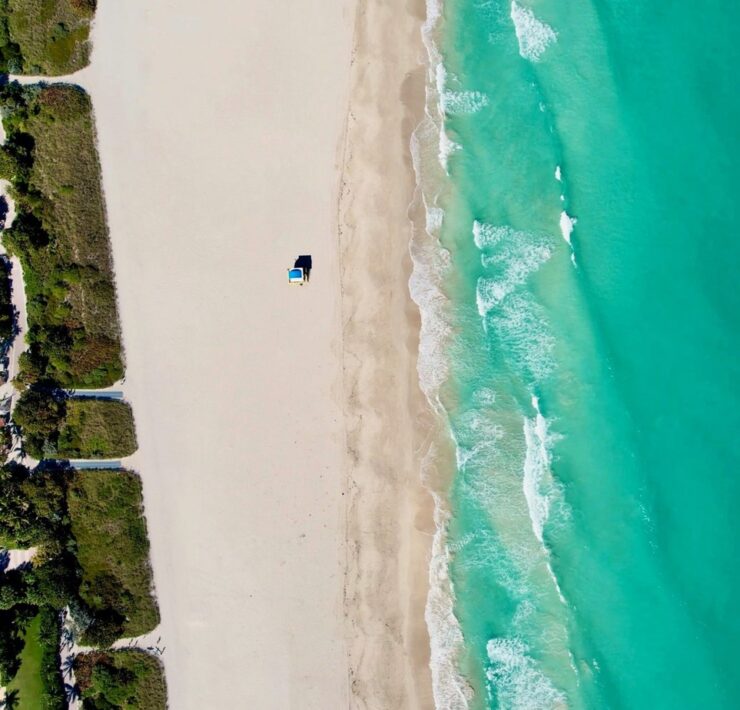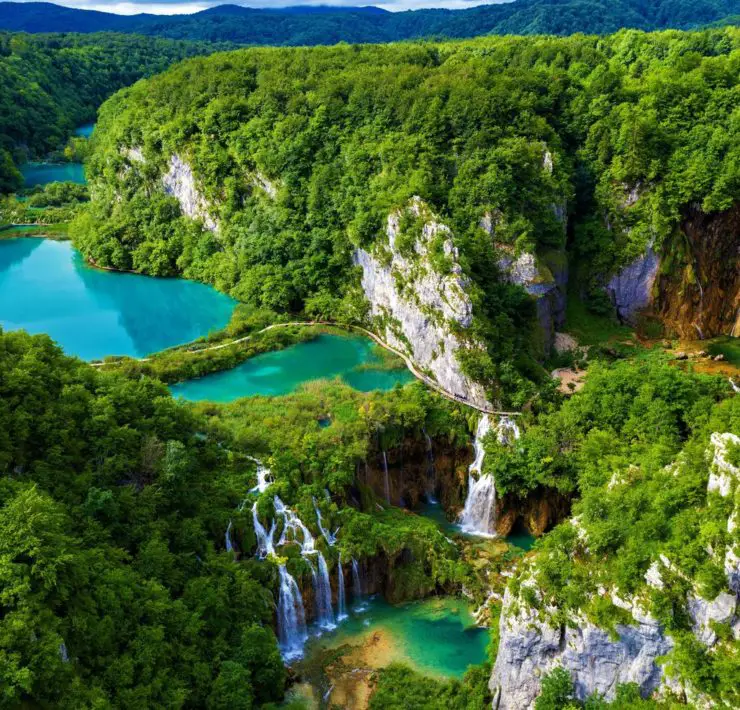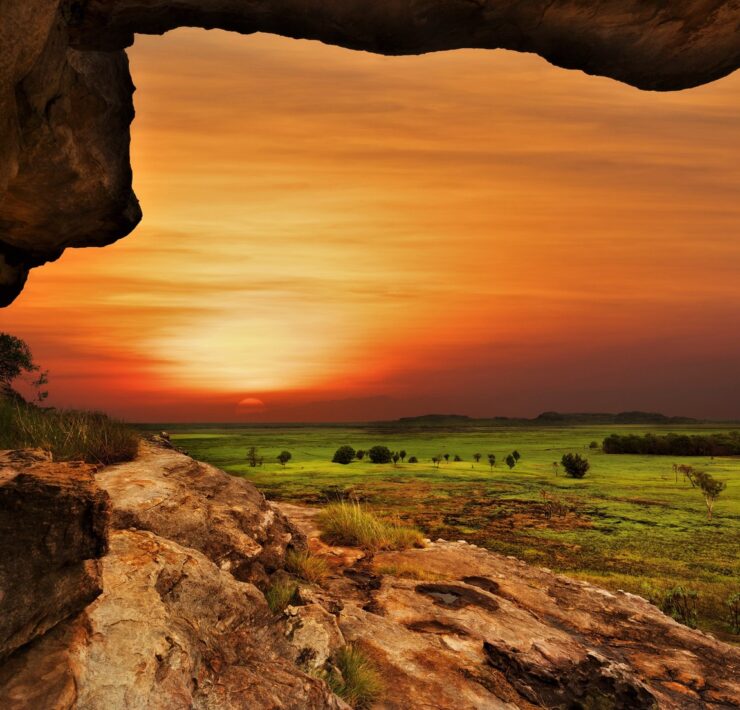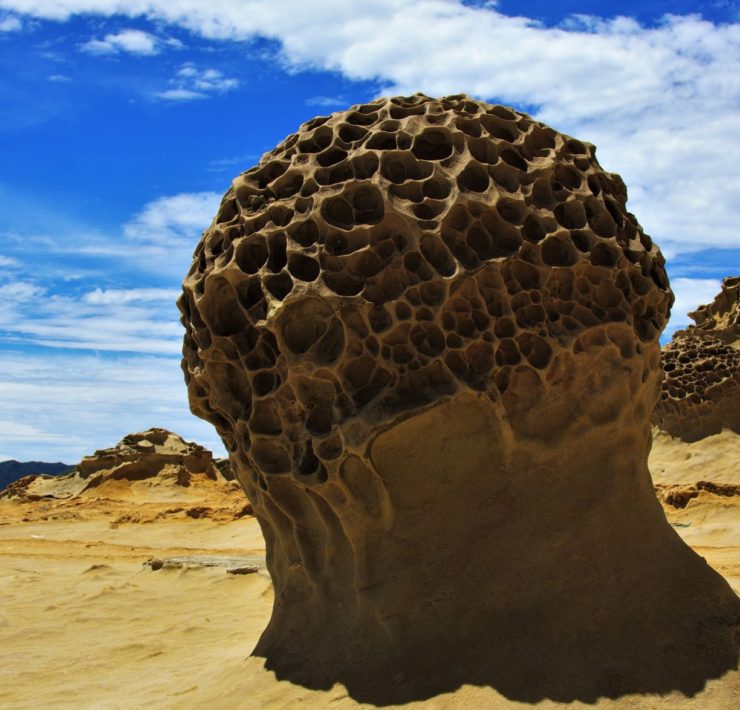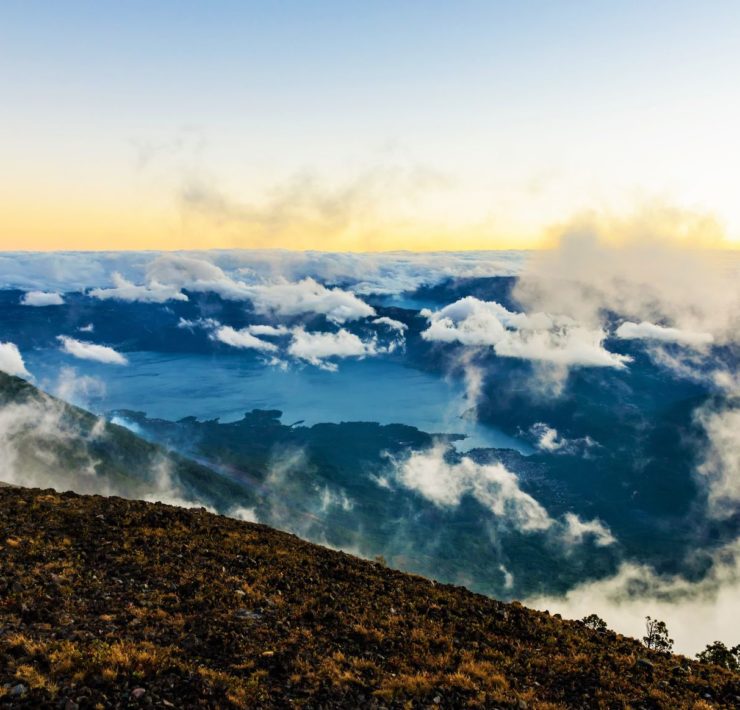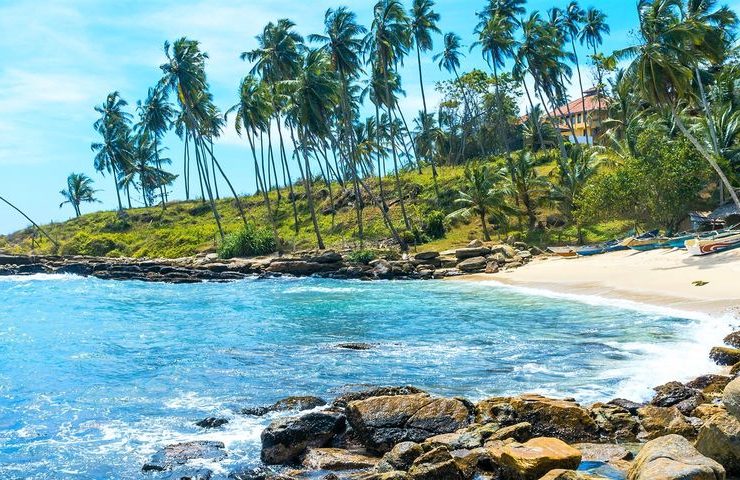The latest addition to the UNESCO collection of World Heritage Sites (June 2013), the Namib Sand Sea with its hectares of rolling red sand dunes colliding with waves of the Atlantic will totally take your breath away.
Being the only desert located right beside an ocean, this one-of-a-kind sand sea in Southern Africa is the best-known tourist destination in Namibia. It stretches over three million hectares and features gravel plains, coastal flats, rocky hills, and inselbergs within the sand sea. It’s widely recognized for its resemblance to the surface of the moon and for the spectacular view of the night sky it provides after dark.
The Namib Sand Sea is also the oldest desert in the world, formed by the erosion of materials from thousands of kilometers away. Besides its constant contact with ocean waves, the Namib sand dune’s only access to water is through rare rainfall coming from the Naukluft Mountains to the east. With fog as its most dominant water source, the landscapes of the Namib dunes boasts of a hefty range of endemic species including the bizarre Welwitschia mirabilis, a shrub-like plant that can live up to 1,500 years in the desert, and the Dune Lark, one of the 16 endemic and near-endemic bird species in Namibia.
When On Earth Magazine is for people who love travel. We provide informative travel guides, tips, ideas and advice regarding places to see, things to do, what to taste, and much more for world travelers seeking their next dream vacation destination.

